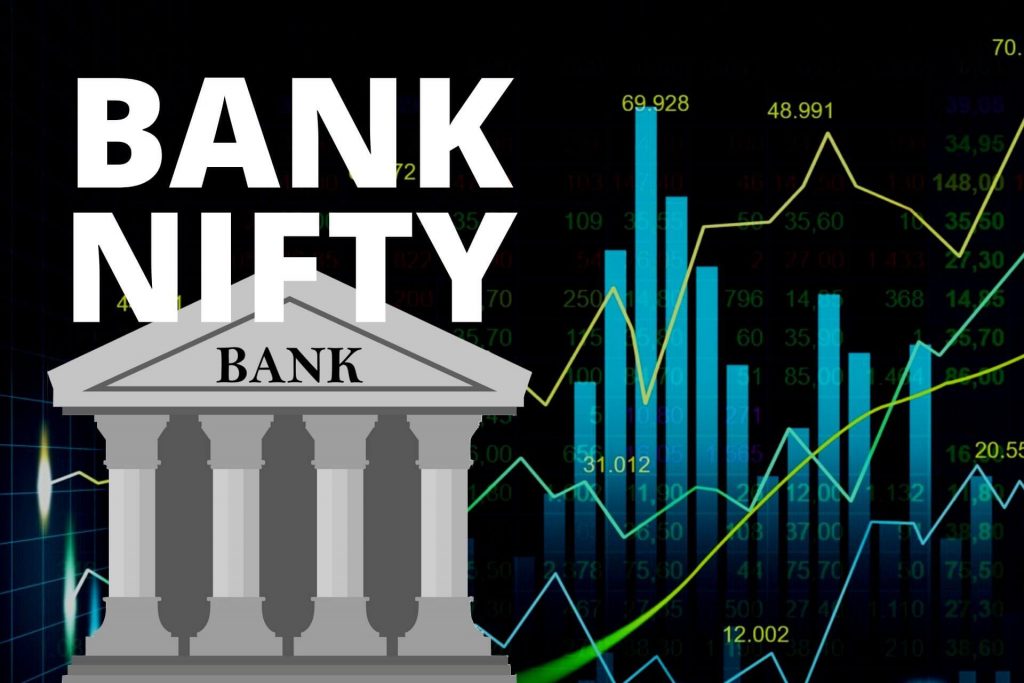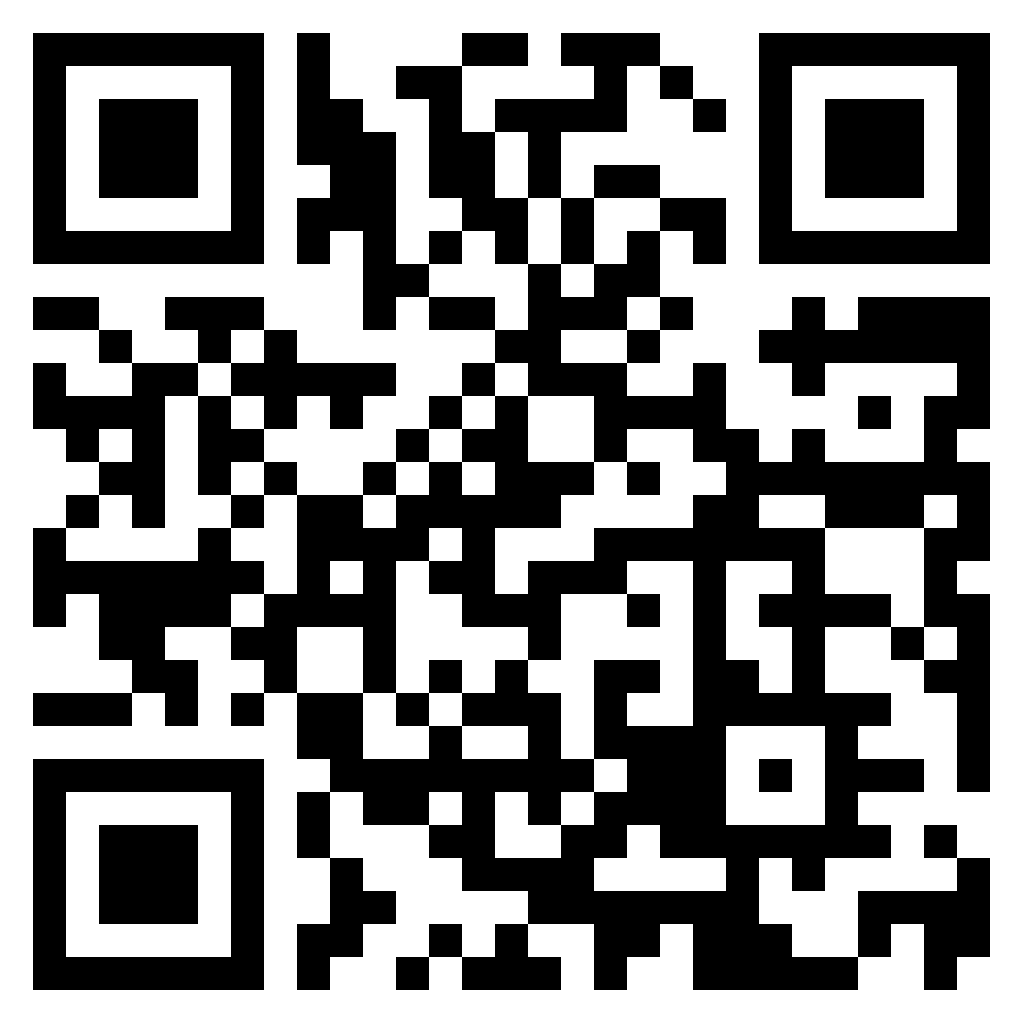

Bank Nifty is the weighted index that comprises large capitalized and most liquid Indian Banking stocks listed on the NSE ( National Stock Exchange). It provides a benchmark to the investors to capture the capital market performance of the Indian banking stocks. This index comprises 12 stocks of the leading banks from both public as well as private sectors that are listed on NSE. The 12 banks of Bank Nifty are as follows:
- HDFC Bank Limited
- ICICI Bank Limited
- Axis Bank Limited
- Kotak Mahindra Bank Limited
- State Bank of India
- IndusInd Bank Limited
- Bandhan Bank Limited
- AU Small Finance Bank Limited
- Federal Bank Limited
- IDFC First Bank Limited
Source: ( NSE, April 30, 2021)
History of Bank Nifty Index
Bank Nifty was introduced in September 2003 but 1 January 2000 was taken as the base year for reference purposes. The base value was decided as 1000 for the year 2000. Thus, if this baking index is trading at around 34000 today, it means it has given returns 34 times over the last 21 years.
The values of Bank Nifty are available in the real-time market with trading volume more than the Nifty index. It is a very liquid index as it has weekly expiring options with the highest trading volume.
Must Read-: Option Trading Strategies for Beginners
Nifty Bank Top Constituents by Weightage:
Following is the list of top 10 banks that reflect Bank Nifty as of April 30, 2021.
- HDFC Bank Limited ( 27.41%)
- ICICI Bank Limited (21.09%)
- Axis Bank Limited (14.30%)
- Kotak Mahindra Bank Limited (13.02%)
- State Bank of India (11.74%)
- IndusInd Bank Limited (4.57%)
- Bandhan Bank Limited (1.93%)
- AU Small Finance Bank Limited (1.84%)
- Federal Bank Limited (1.38%)
- IDFC First Bank Limited (1.26%)
Source: ( NSE India )
It is visible from the above data that the top 5 banks are making up more than 87% of the Bank Nifty Index. So, it wouldn’t be wrong to conclude that any movement in one of these 5 banks will have an impact on both Bank Nifty and Nifty 50. Private Sector banks form a major part of the Bank Nifty Index as compared to public sector banks as they are advanced and offer better customer experience due to modern banking facilities. Thus, the trading activity is observed more in the private sector banks.
If we talk about the sector representation of the Nifty 50 Index, we can note that the Bank Nifty forms the 37.82% share which is the highest among the other sectors. The second sector is IT with 16.53% weightage followed by Oil & Gas ( 11.80%). So, when there is a notable movement in the Nifty 50 Index, we can infer that the banking sector has played a role in it.
How does Bank Nifty decide the Weightage of Banks?
Nifty Bank Index is computed using the free-float market capitalization method. Free-float market capitalization means that the market value of the total number of shares that are trading at the stock exchange. This excludes the government, promoter holding, and insiders.
The free float method is the best way to judge the weightage of the banks in this banking index. The latest traded price of the banking stock decides the weightage and the banks’ routine performance impacts their share price which in turn reflects in the Bank Nifty Index. The share price of banks is affected by the corporate policies, products, innovation, bank-related news, etc. which impacts their share price.
Thus, it can be concluded that even though the HDFC bank is in the top position now, it can be replaced anytime by any other bank if that bank’s share price outperforms HDFC share price shortly.
Trading Nifty Bank Futures
A futures contract is a forward contract that is traded on an Exchange. Bank Nifty futures contract is based on the Bank Nifty Index. National Stock Exchange of India ( NSE) defines the characteristics of the futures contract such as the market lot, the contract maturity date, and the underlying index. These futures contracts can be traded between the introduction to the expiry date.
Trading Cycle – Bank Nifty Future Contracts have a trading cycle of a maximum of 3 months – the 1st month ( 1), the 2nd month (2), and the last month (3). When a near-month contract expires, a new far-month contract is introduced. At any time, there will be 3 contracts available for trading – 1 near month, 1 mid-month, and 1 far month duration.
Expiry Day – Bank Nifty futures contracts will expire on the last Thursday of the expiry month. If last Thursday turns out to be a trading holiday, the contract will expire on the previous trading day.
Must Read -: What is SGX Nifty? Its impact on the Indian Market
Trading Nifty Bank Options
An option is a contract between two parties wherein the buyer has a privilege for which he pays a certain amount ( premium) and the seller accepts the obligation for which he accepts the fee. The premium is a price that is decided when the option is sold or bought. A person buying the option is long in the option and the one selling it will be short in the option. Options contracts are cash-settled and are based on the Bank Nifty Index.
Trading Cycle – Bank Nifty options contracts have 3 monthly contracts like futures contracts, i.e. near one, the next month, and the far month. Once the near-month contract expires, new contracts will be introduced at new strike prices for both put and call options, on the trading day following the near-month contract expiry. The new contracts are introduced for 3 months.
Expiry Day – Bank Nifty monthly options expire on the last Thursday of the expiry month. The weekly option contracts expire every Thursday of the week. On the expiry of the near month contract, new contracts are introduced at new strike prices for both calls and put options, on the trading day following the expiry of the near month contract. The new contracts are introduced for a three-month duration. If last Thursday turns out to be a trading holiday, the contract will expire on the previous trading day.
Summing Up
It would be apt to conclude that the health of the Indian economy can be measured by observing the health of the banking system. As Bank Nifty forms the major part of the Nifty 50, it impacts the performance of the economic sector. This banking index is one of the highest traded Indices in the F&O ( Futures and Options) Market. Both Bank Nifty and Nifty index are correlated as Bank Nifty has a high weightage in Nifty 50 Index.














